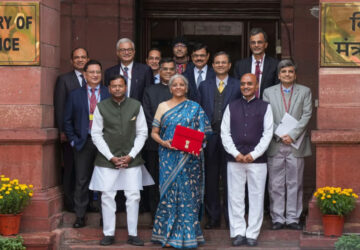 Chinese consumers have become a growth engine for the global luxury market. The online shift of their luxury spending gives major opportunities to brands willing to embrace digital transformation. Brands’ that can utilise online channels to replicate offline shopping experience and engage with customers will be key differentiators from their competitors.
Chinese consumers have become a growth engine for the global luxury market. The online shift of their luxury spending gives major opportunities to brands willing to embrace digital transformation. Brands’ that can utilise online channels to replicate offline shopping experience and engage with customers will be key differentiators from their competitors.
The importance of a digital presence for luxury brands extends beyond pure transactions: Nearly 80 per cent of global luxury sales are ‘digitally influenced’ meaning consumers at some point of their purchase journey, seek inspiration from live-streaming sessions offered by their favourite influencers and brand websites, or they consult their peers for advice on social media, says a McKinsey report. Therefore, it is crucial to engage with Chinese consumers on e-commerce platforms where they already spend significant time getting fashion inspiration and socialise with their peers, according to a report.
A defining characteristic for Chinese luxury consumers is their young age: The average luxury consumer age in China is 35, or about 10 years younger than their counterparts in more-developed countries. Chinese millennials (those aged 20-34) are becoming frequent visitors to luxury shops in China and abroad, buying an average of eight luxury items every year, says a survey by Bain. 93 per cent of millennials will buy more luxury goods in the next three years, the same survey says. Further, the millennialisation trend is more pronounced in the online channel.
So, for China, with such a young consumer base which shops for almost everything online, the 9 per cent e-commerce penetration for the luxury sector suggests tremendous growth potential, according to Alibaba, a top e-commerce company. An e-commerce channel also helps luxury brands capture potential customers in places where they don’t currently operate offline stores, it said.
 Chinese consumers have become a growth engine for the global luxury market. The online shift of their luxury spending gives major opportunities to brands willing to embrace digital transformation. Brands’ that can utilise online channels to replicate offline shopping experience and engage with customers will be key differentiators from their competitors.
Chinese consumers have become a growth engine for the global luxury market. The online shift of their luxury spending gives major opportunities to brands willing to embrace digital transformation. Brands’ that can utilise online channels to replicate offline shopping experience and engage with customers will be key differentiators from their competitors.












